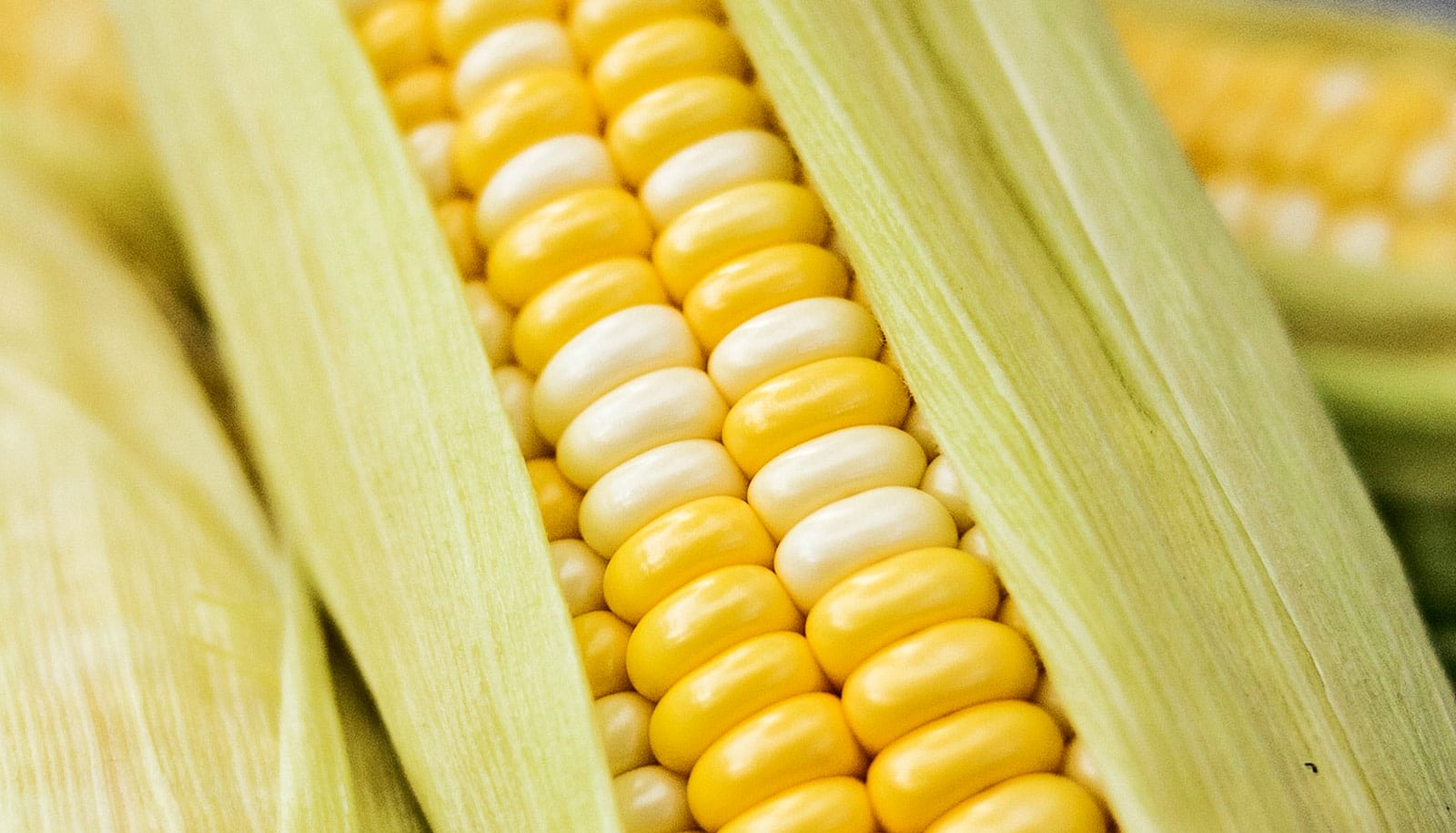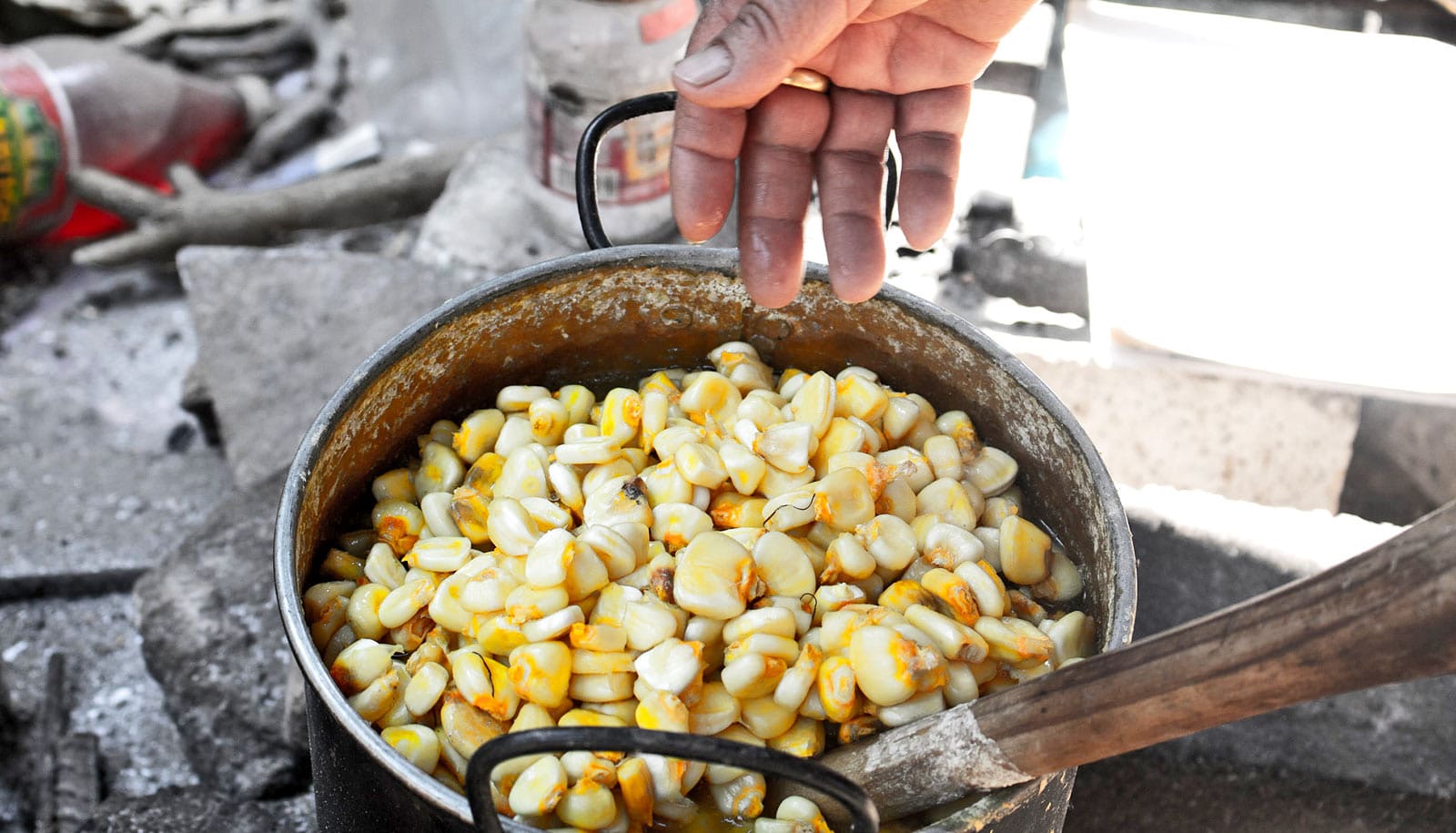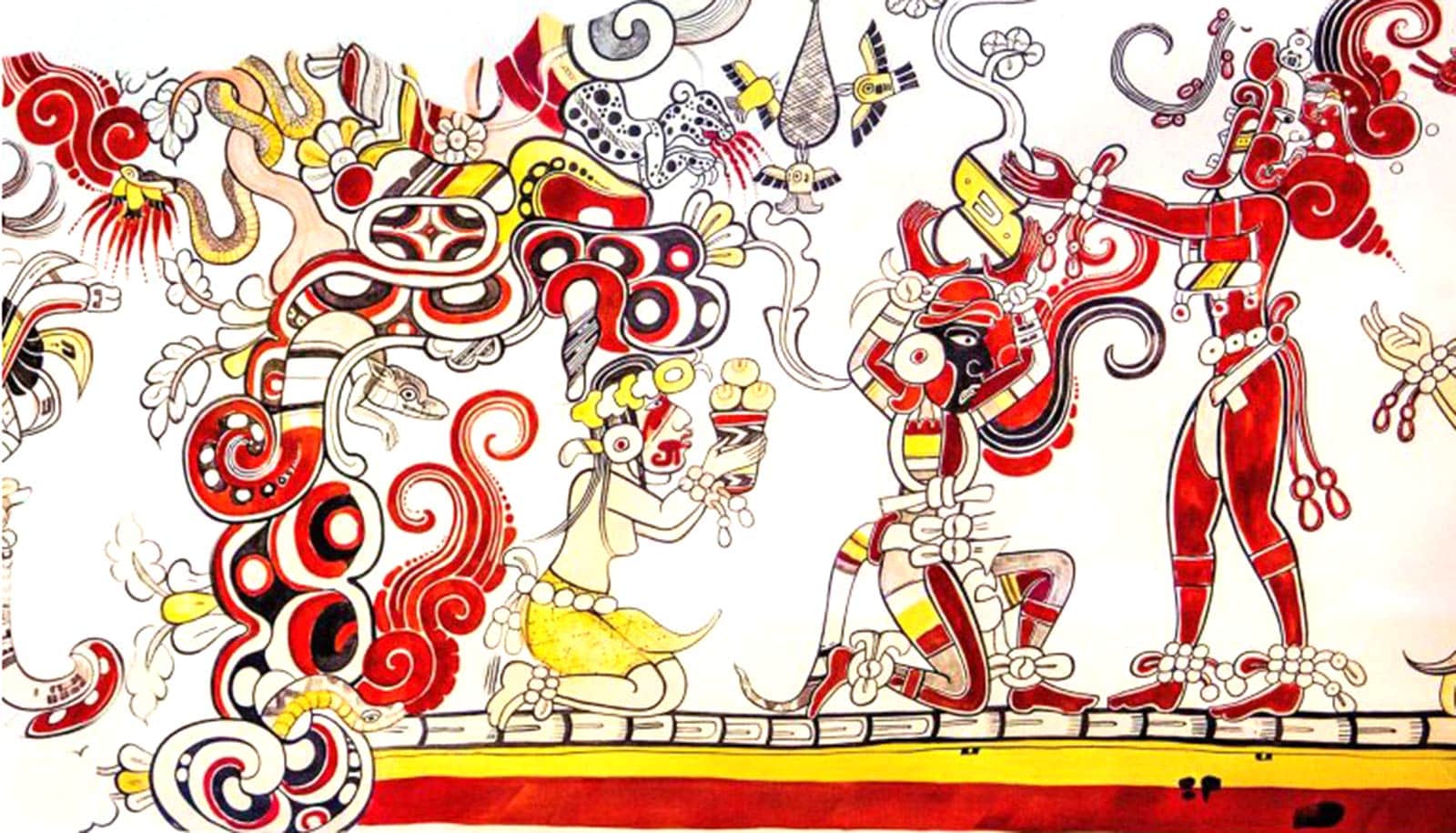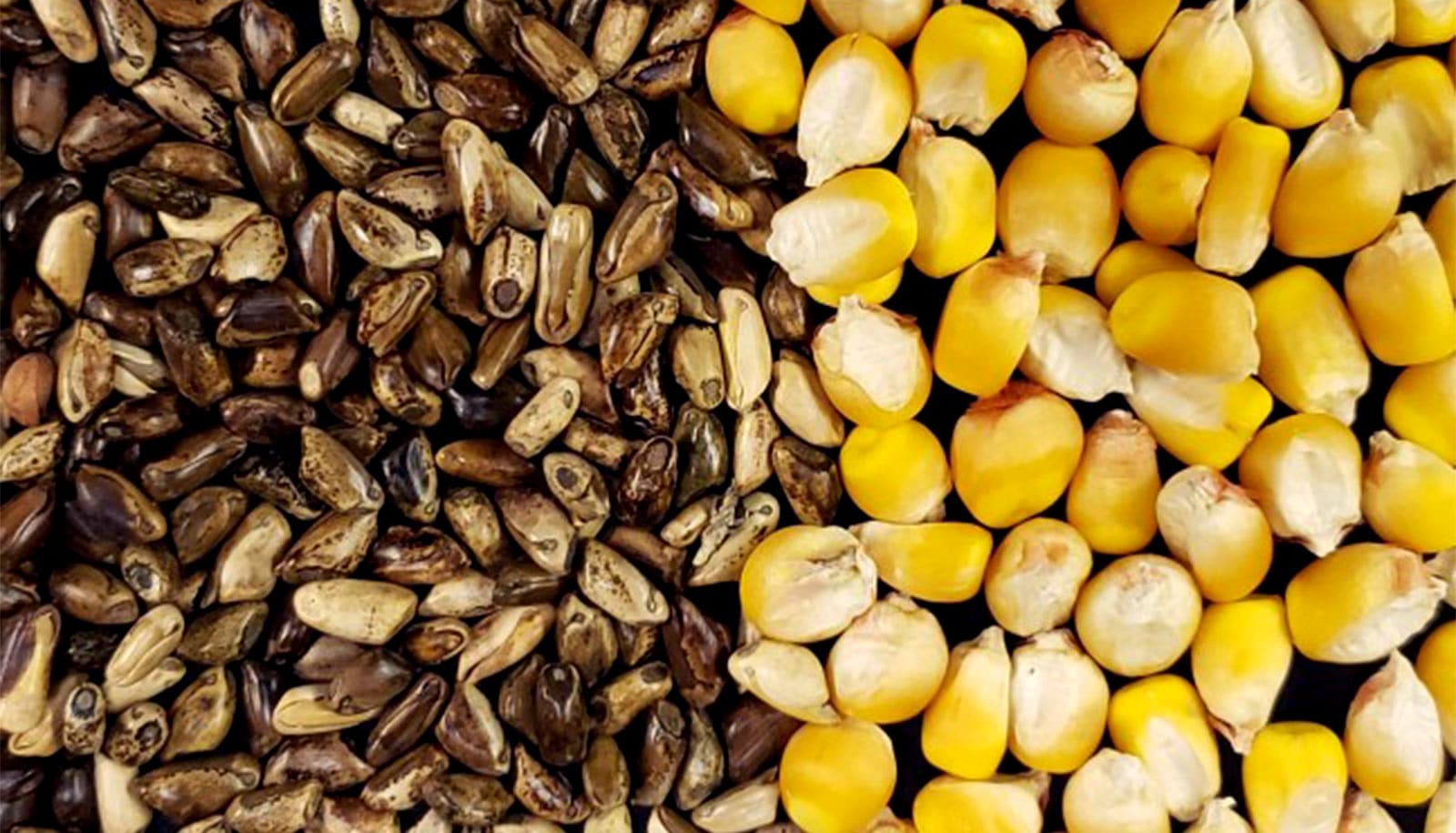All modern maize descends from a hybrid created just over 5,000 years ago in central Mexico, thousands of years after the plant was first domesticated, researchers report.
Maize is one of the world’s most widely grown crops. It is used for both human and animal foods and holds great cultural significance, especially for Indigenous peoples in the Americas. Yet despite its importance, the origins of the grain have been hotly debated for more than a century.
The findings, published in the journal Science, have implications both for improving one of the world’s most important crops and for understanding how the histories of people and their crops influence each other.
“It’s a new model for the origins and spread of maize, and how it became a staple across the Americas,” says senior author Jeffrey Ross-Ibarra, professor in the evolution and ecology department at the University of California, Davis.
For the last few decades, the consensus has been that maize (Zea mays) was domesticated once from a single wild grass—called teosinte—in the lowlands of southwest Mexico about 9,000 to 10,000 years ago.
Known as corn in the United States, maize is not only a staple of diets around the globe, but also can be processed into sweeteners, ethanol fuel, and other uses.
More recently, though, it’s become clear that the genome of modern maize also contains a hefty dose of DNA from a second teosinte that grows in the highlands of central Mexico.
Ross-Ibarra and collaborators analyzed the genomes of over a thousand samples of maize and wild relatives. They found that about 20% of the genome of all maize worldwide comes from this second highland teosinte.
The new findings suggest that, though maize was domesticated around 10,000 years ago, it was not until 4,000 years later, when it hybridized with highland teosinte, that maize really took off as a popular crop and food staple. This is also supported by archaeological evidence of the increasing importance of maize around the same time.
The new crop spread rapidly through the Americas and later worldwide. Today, about 1.2 billion metric tons are harvested each year globally.
The hunt for why highland teosinte enabled maize to become a staple is still underway, Ross-Ibarra says. The researchers did find genes related to cob size—perhaps representing an increased yield potential—and flowering time, which likely helped maize, a tropical crop, to grow at higher latitudes with longer days.
Hybridization may also have brought “hybrid vigor,” where a hybrid organism is more vigorous than either of its parents. The researchers observed that genomic segments from highland teosinte contained fewer harmful mutations than did other parts of the genome.
While the initial hybridization may have been accidental, it’s likely that Indigenous farmers recognized and took advantage of the novel variation introduced from highland maize, Ross-Ibarra says. Even today, he says, “If you talk to Mexican farmers, some will tell you that letting wild maize grow near the fields makes their crops stronger.”
A team led by Ross-Ibarra with Graham Coop, a professor at UC Davis, archaeologists at UC Santa Barbara, and geneticists at Swedish University of Agricultural Sciences will now study the coevolution of humans and maize in the Americas. They will use genetics to look at how humans and maize spread across the continent and how populations of both maize and humans grew and shrank as they interacted with each other.
“We will incorporate human genetic data, maize genetics, and archaeological data in an effort to answer many of the questions raised by our new model of maize origins,” Ross-Ibarra says.
Additional coauthors of the Science paper are from UC Davis, Purdue University, Iowa State University, UC Santa Barbara, Penn State, Cornell University, Huazhong Agricultural University, Jilin Academy of Agricultural Sciences, Laboratorio Nacional de Genómica para la Biodiversidad, Yunnan Academy of Agricultural Sciences, Sichuan Agricultural University, and China Agricultural University.
The National Natural Science Foundation of China, the US National Science Foundation, and the US Department of Agriculture supported the work.
Source: UC Davis



